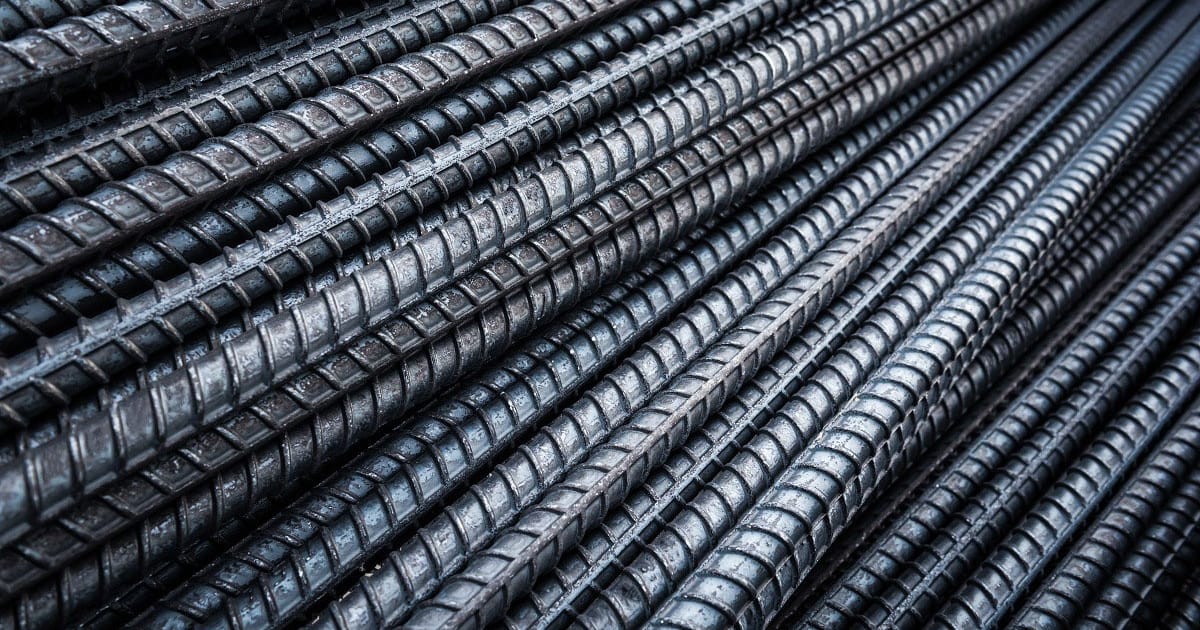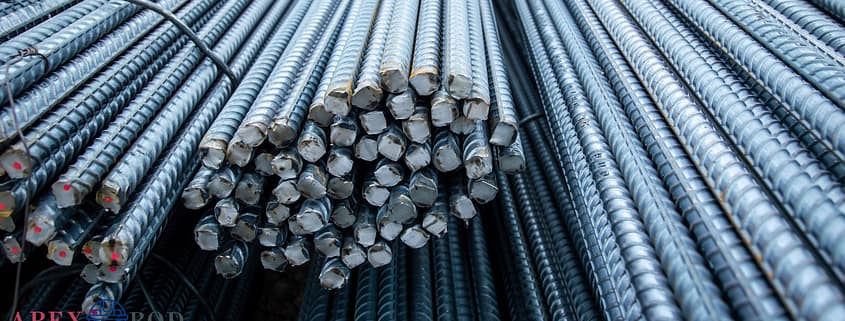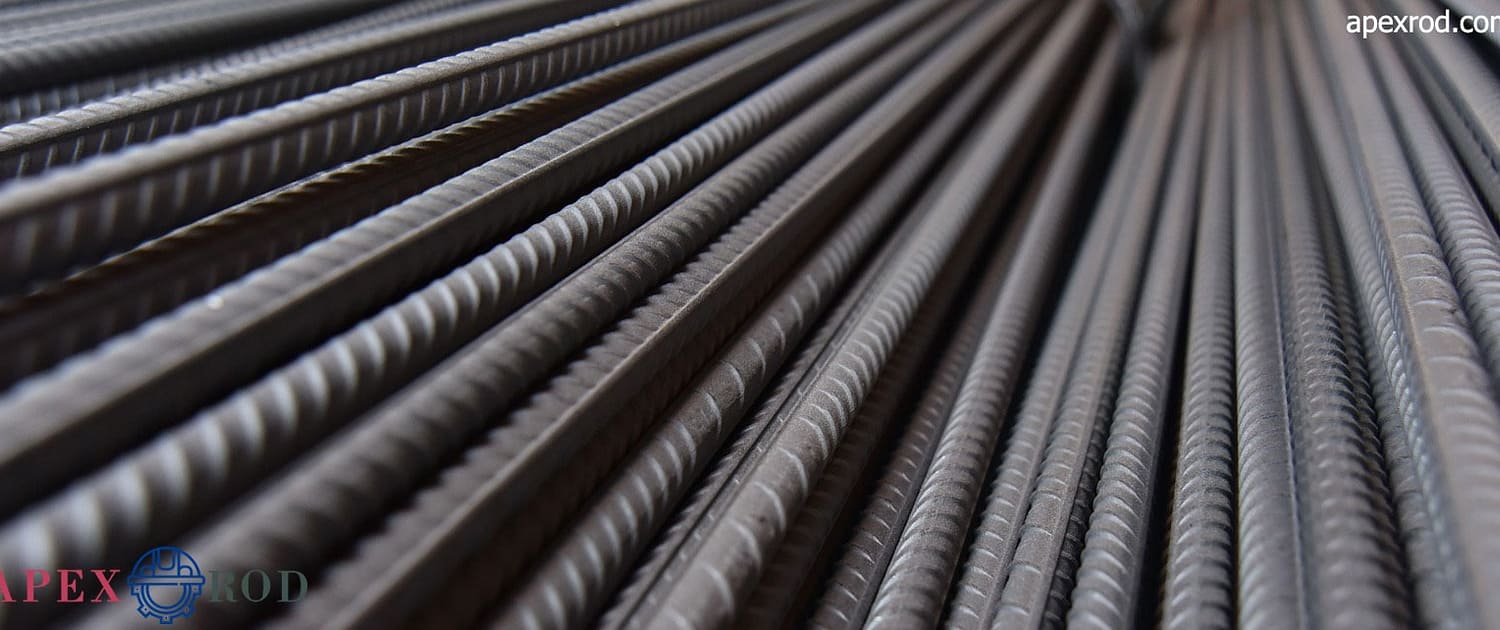steel reinforcement rebar
The journey of steel reinforcement rebar, a fundamental component in modern construction, has a rich history that dates back centuries. Initially, builders used materials like wood, bamboo, and iron to reinforce structures. However, the advent of steel rebar in the 18th century marked a significant turning point. This era witnessed the transition from iron to steel, a more robust and more durable material. The early steel rebars were simple, unrefined rods, but they set the stage for a revolution in building and construction techniques.
Throughout the 19th and 20th centuries, the steel rebar industry saw a series of innovations that dramatically enhanced its utility and efficiency. The introduction of twisted rebars in the late 19th century improved tensile strength, allowing for the construction of taller and more complex structures. In the 20th century, the development of high-strength steel grades further transformed the construction landscape. These advancements allowed engineers and architects to push the boundaries of what was architecturally possible, leading to the skyscrapers and expansive bridges that define modern cityscapes.
Today, the evolution of steel rebar continues, with a focus on sustainability and technological advancement. Modern steel rebars are not only more robust and more durable but also more environmentally friendly, often made from recycled materials. Cutting-edge treatments and coatings have been developed to enhance corrosion resistance, extending the life of structures and reducing maintenance costs. The continuous innovation in the steel rebar industry not only reflects its historical journey but also its critical role in shaping the future of construction and architecture.
Comparing Steel Rebar Grades and Their Uses in Construction
Steel reinforcement bars, commonly known as rebars, are an essential element in construction, providing strength and stability to structures. The variety of rebar grades available reflects the diverse requirements of different construction projects. The most common steps include ASTM A615 Grade 60, ASTM A706, and European grades like B500B. Each stage has unique characteristics suited for specific applications, making the understanding of their differences crucial for engineers and builders.
ASTM A615 Grade 60 is widely used for its optimal balance of strength and flexibility. This grade is typically found in residential and commercial buildings where tensile strength is a priority. Its high yield strength makes it suitable for structures that endure significant weight or stress. On the other hand, ASTM A706 is known for its excellent weldability, making it ideal for projects that require extensive welding, like bridges and industrial facilities. The European grade B500B, recognized for its high flexibility and bendability, is often used in areas prone to seismic activity, as it allows the structures to withstand shock and vibrations better.
Choosing the suitable rebar grade is pivotal for the safety and longevity of a structure. While ASTM A615 Grade 60 offers high tensile strength, ASTM A706’s weldability is crucial for specific constructions. B500B’s flexibility makes it indispensable in earthquake-prone regions. Understanding the particular needs of a construction project and the properties of different steel rebar grades ensures not only the structural integrity of a project but also its cost-effectiveness and compliance with regional building codes.

The Impact of Steel Reinforcement Rebar on Structural Integrity
Steel reinforcement rebar plays a pivotal role in enhancing the structural integrity of modern buildings and infrastructure. Unlike concrete, which is vital in compression but weak in tension, steel rebar provides the necessary tensile strength to withstand various stresses. This synergy between steel and concrete transforms the way structures handle weight, vibration, and environmental forces. The strategic placement of rebar within concrete significantly improves the load-bearing capacity, making it a crucial element in long-span bridges, high-rise buildings, and heavy-load structures.
Beyond mere strength, the thermal expansion properties of steel rebar are closely aligned with those of concrete. This harmonization is vital, especially in climate zones with significant temperature variations. In such environments, the expansion and contraction of materials can cause cracks or structural damage. Steel reinforcement, by expanding and contracting at a similar rate as concrete, helps maintain structural integrity through temperature fluctuations. Moreover, advancements in the coating and treatment of rebars, like epoxy coating, have further enabled rebars to resist corrosive elements, thereby prolonging the lifespan of the structure.
The design aspects of steel rebar also contribute significantly to structural integrity. The varied patterns and shapes of rebar, such as deformed or ribbed bars, create a stronger bond with concrete, preventing slippage and enhancing overall stability. This bond is crucial in seismic zones, where structures must resist lateral forces during earthquakes. In summary, steel reinforcement rebar is not just a supporting element but a transformative component that fundamentally alters the resilience, durability, and adaptability of modern structures to diverse environmental and operational demands.
Cost-Effective Solutions in Steel Rebar for Construction Projects
In the realm of construction, cost-effectiveness is as crucial as structural integrity, especially when it comes to sourcing steel reinforcement bars. A common strategy for reducing costs is bulk purchasing from local suppliers. Opting for “steel reinforcement bars near me” can significantly cut down transportation expenses, a significant factor in the overall cost of materials. Additionally, local sourcing ensures a quicker supply chain, reducing delays in the construction schedule and minimizing potential holding costs.
Another approach to cost efficiency is selecting the correct grade of steel rebar for the specific requirements of a project. While higher-grade rebars offer superior strength, they also come with a higher price tag. Understanding the load requirements and environmental conditions of the construction site can guide builders in choosing a grade that provides the necessary strength without overspending. For instance, in projects with moderate load requirements, a lower-grade rebar might suffice, effectively balancing cost and performance.
Innovations in the rebar manufacturing process also contribute to cost savings. The use of recycled materials in producing steel rebars not only reduces the environmental footprint but also lowers the production costs. This eco-friendly approach is increasingly favored in the construction industry, offering a cost-effective solution without compromising quality. Furthermore, advances in manufacturing technologies have enabled the production of lighter yet equally strong rebars, which result in lower transportation and handling costs. These strategies, from local sourcing to technological advancements, play a pivotal role in managing the economics of steel rebar in construction projects.



Leave a Reply
Want to join the discussion?Feel free to contribute!